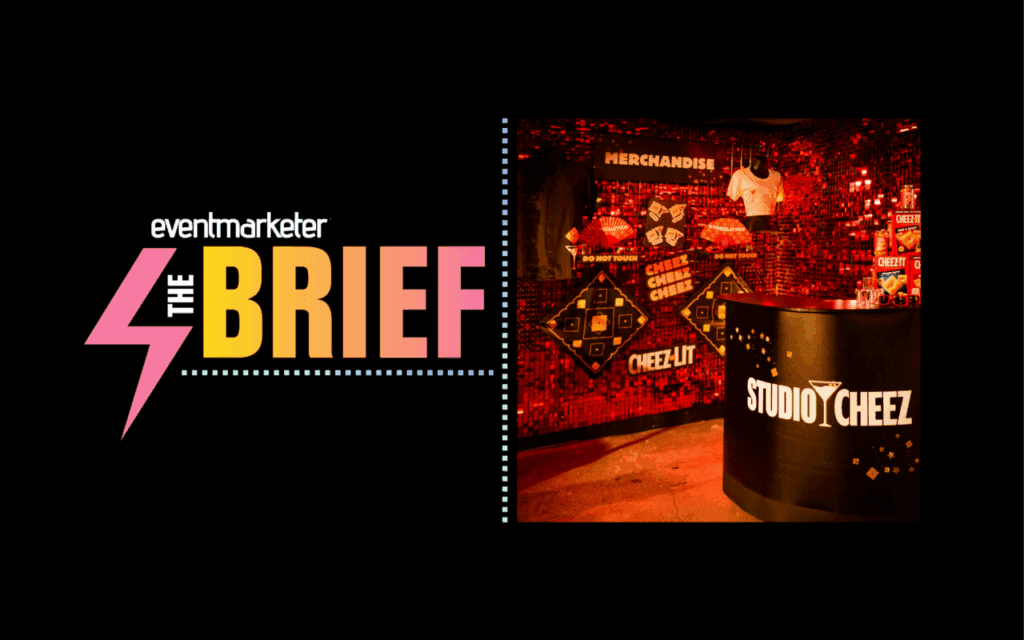While the practice of rewarding employees with incentives remains a top priority for many companies, the program’s success and ROI are just as important, according the 2005 Incentive Federation survey.
While more than half of respondents in the 2005 Incentive Federation of Motivation and Incentive Applications said they use ROI to measure program success, three out of four place greater emphasis on ROI as criteria to evaluate incentive offerings than ever before, the survey found.
“These numbers are very encouraging and bodes well for even greater ROI measuring in the future,” said Howard Henry, executive director of The Incentive Federation in a statement. “In this age of transparency and Sarbanes-Oxley compliance requirements, it makes more sense than ever before for companies to take a bottom-line approach to every aspect of their business including the areas examined in the study.”
The Incentive Federation is the alliance organization for the incentive industry. The survey, conducted in 2005, was designed to shed light on the practices and attitudes shared by users of merchandise and travel awards for consumer promotions, sales incentives, employee recognition programs and dealer incentives. Respondents to the survey include business owners, senior managers and sales and marketing executives at manufacturing and service companies.
When it comes to motivating employees or attracting customers, cash isn’t always tops, according to the survey. Merchandise and travel incentives are more compelling than cash, the survey found. Sixty percent of survey respondents said cash is perceived to be part of an employee’s total compensation package, the survey states.
Four out of five respondents said travel incentives and merchandise are long remembered compared to cash awards. The survey found that 53% of respondents agree employees tend to consider bonuses as something they are due.
In another trend, more organizations favor buying incentive awards with third parties as opposed to direct from manufacturers, the survey found. Direct purchasing from manufacturers is less popular compared to 2003. This year, buying merchandise for consumer promotions is down 4 %; dealer programs decreased 5%; sales incentives dropped 6%; and non-sales recognition programs are down 11%, according to the survey. The trend holds true for travel incentives, the survey states.
In addition, companies are using more integrated marketing methods to communicate their brand messages via mailings, advertising, newsletters bulleting boards, e-mail and the Internet, the survey found.
According to the survey, companies continue to hold high expectations of incentive programs and expect similar results with the return. Consumer promotion planners, sales incentive planners and dealer incentive program planners expect program increases to rise between 16% to 18%, the survey states.
[Editor’s Note: Karen Renk, executive director of the Incentive Marketing Association, will discuss this research in a free Webinar on June 16. To register, visit www.promomagazine.com/webinars/incentive-impact.]
 Network
Network

